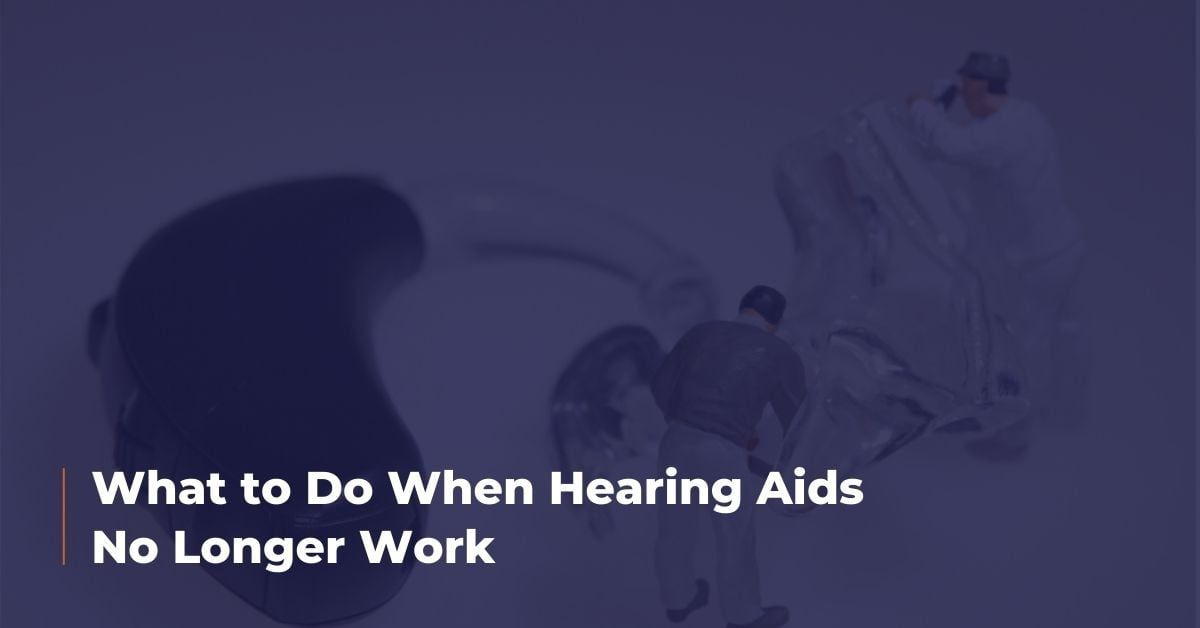On occasion, you may find that your hearing aid is not working properly, it may sound muffled, it may whistle, or it may not produce any sound at all. When a hearing aid is not working properly, it is possible that you may be able to solve the problem on your own. When you notice that your hearing aid is not working as well as it should, here are things to check before making an appointment with your audiologist.
1. The most obvious thing to do first is to ensure there is a power supply for the hearing aids
- If your hearing aid uses batteries, it may be time to change the battery. Even if you have recently changed the battery, it is possible that the battery was dead in the packet. Open a new packet of batteries, remove the tab from the battery and insert the new battery in the correct way. Also, ensure the battery door is completely closed. You also may want to look inside the battery compartment if any dirt or dust has accumulated.
- For rechargeable hearing aids, insert the hearing aids into the charger and make sure the light comes on that signals that the hearing aid is charging. If the lights do not appear, you may need to clean the battery contacts on the charger where the hearing aid sits. Use a dry cloth to or dry cotton tip to do so. You may use an alcohol swab with 60-70% alcohol.
2. The wax filter or mould may be blocked
- There are a variety of wax filters that attach to the part of the hearing aid that goes into the ear to stop wax from getting inside the hearing aid and damaging the device. If you have spare wax filters, it is a good idea to change these whenever your hearing aid sounds muffled or dead. When the wax filter is blocked, no sound can get through for you to hear.
- Moulds that do not have a wax filter often have one or two small holes in them. It is important to check if these holes are blocked. If you can see wax or debris in the holes of your mould, you can get this out by using a piece of fishing line or a little wire loop that is often supplied when you purchase your hearing aid.
3. The hearing aid is not whistling
- When the hearing aid is outside of your ear and in the palm of your hand, it should whistle when you completely cover the hearing aid with your hands. It is possible that you may not hear this whistling noise if you have a hearing loss so ask someone with better hearing to check if your hearing aid is whistling.
- If you have changed the battery and changed the wax filter and your hearing aid is still not whistling, there may be a technical issue. In this case, please take your hearing aid to your audiologist for them to check the device. You will not need an appointment for this type of check.
4. The hearing aid is whistling outside of the ear but not working in the ear
- If the hearing aid does whistle outside of the ear, but it does not achieve the right hearing results in the ear, it could be ear wax.
- It may also be that your hearing has deteriorated, and the hearing aid is not amplifying sound enough for your current level of hearing.
- It could also be a not-so-obvious technical fault that is stopping your hearing aid from working.
- In any of these cases, it is important for you to make an appointment with your audiologist so that they can assess your ears, your hearing and the hearing aids.


